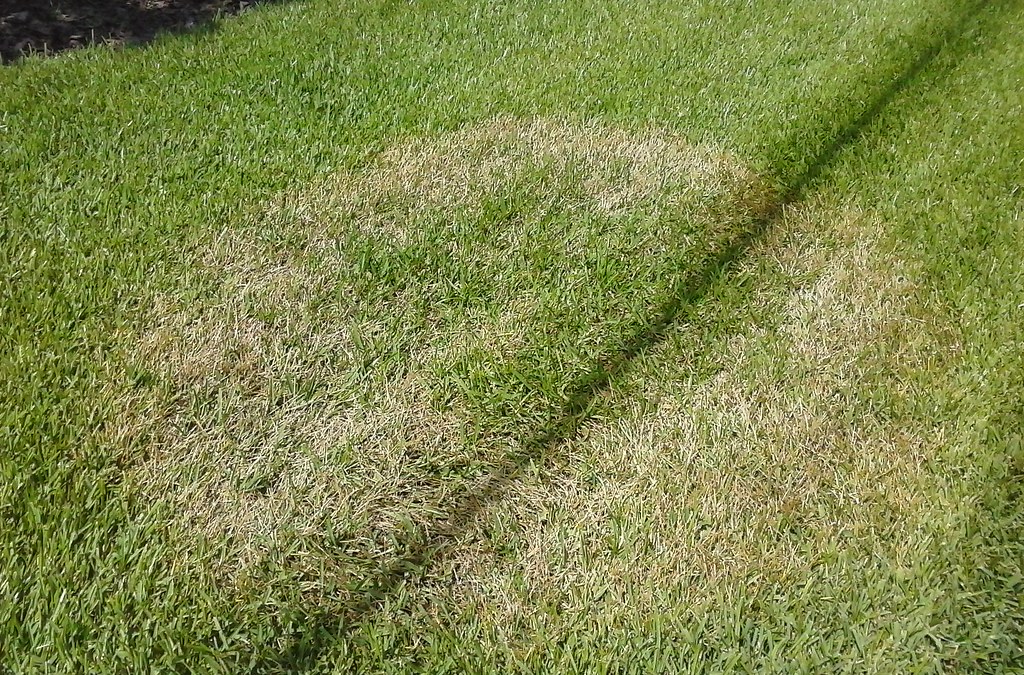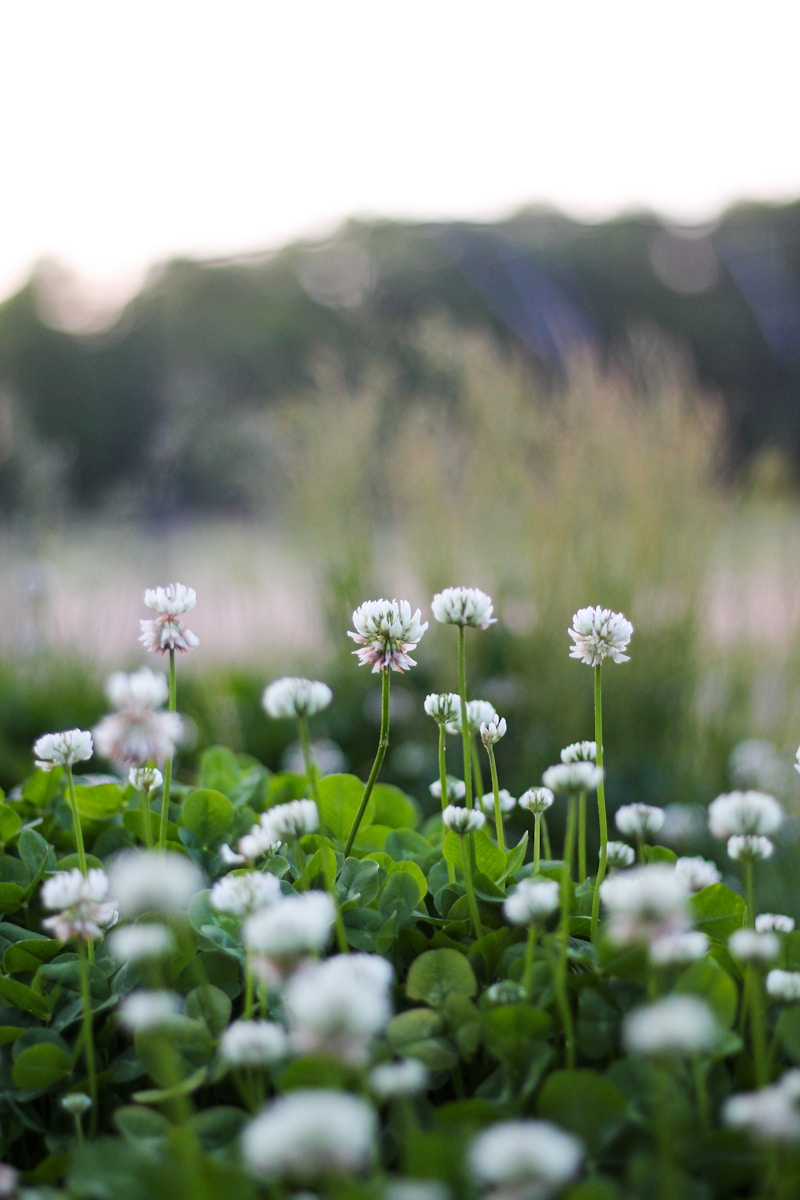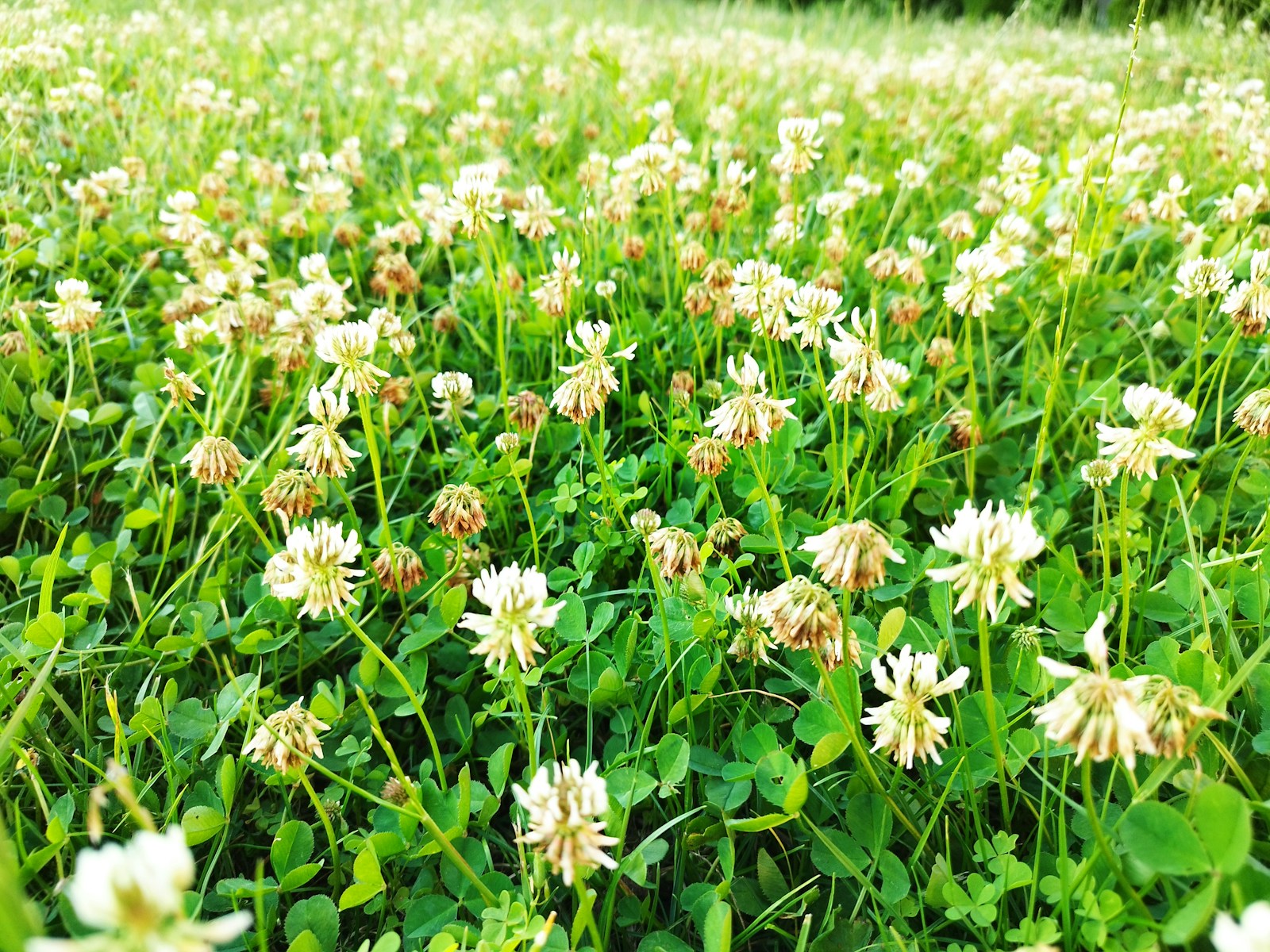A lush, green lawn is the pride of any homeowner, but sometimes even the most well-maintained grass can fall victim to pesky lawn diseases. These ailments can ruin curb appeal, create bare patches, and leave you scratching your head for solutions. Understanding common lawn diseases and how to treat them is key to restoring your yard to its former glory.
What Causes Lawn Diseases?
Lawn diseases are primarily caused by fungi, though bacteria and viruses can also play a role. These pathogens thrive under specific conditions, such as excess moisture, improper mowing practices, nutrient deficiencies, or overly compacted soil. Identifying the root cause is the first step to solving the problem.
1. Brown Patch Disease
Symptoms: Large, circular patches of brown or tan grass appear, especially during warm, humid conditions. These patches may have a darker ring around the edges.
Causes: Brown patch is caused by the fungus Rhizoctonia solani. It thrives in temperatures between 65°F and 85°F and during periods of high humidity or prolonged wetness.
How to Treat:
- Cultural Practices: Improve air circulation by aerating the soil. Avoid watering in the late afternoon or evening to reduce moisture on the grass blades.
- Fungicides: Apply a fungicide containing azoxystrobin, propiconazole, or thiophanate-methyl if the disease persists.
- Prevention: Keep nitrogen fertilization in check, as too much nitrogen can encourage brown patch.
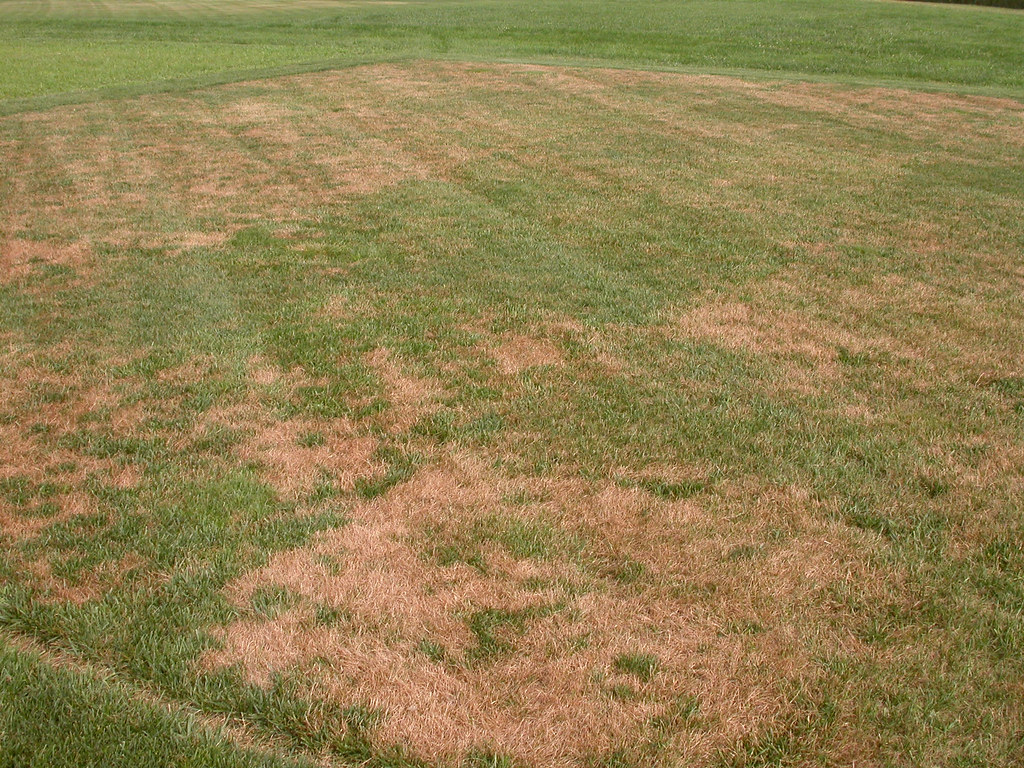
2. Dollar Spot Disease
Symptoms: Small, silver-dollar-sized spots of straw-colored grass. These spots may merge into larger patches over time.
Causes: Dollar spot is caused by the fungus Clarireedia jacksonii. It’s often linked to nitrogen deficiency and thrives in warm days and cool nights.
How to Treat:
- Fertilize: Apply a balanced fertilizer to improve nitrogen levels in the soil.
- Irrigation: Water deeply but infrequently, preferably in the early morning.
- Fungicides: Use fungicides containing chlorothalonil or iprodione for severe cases.
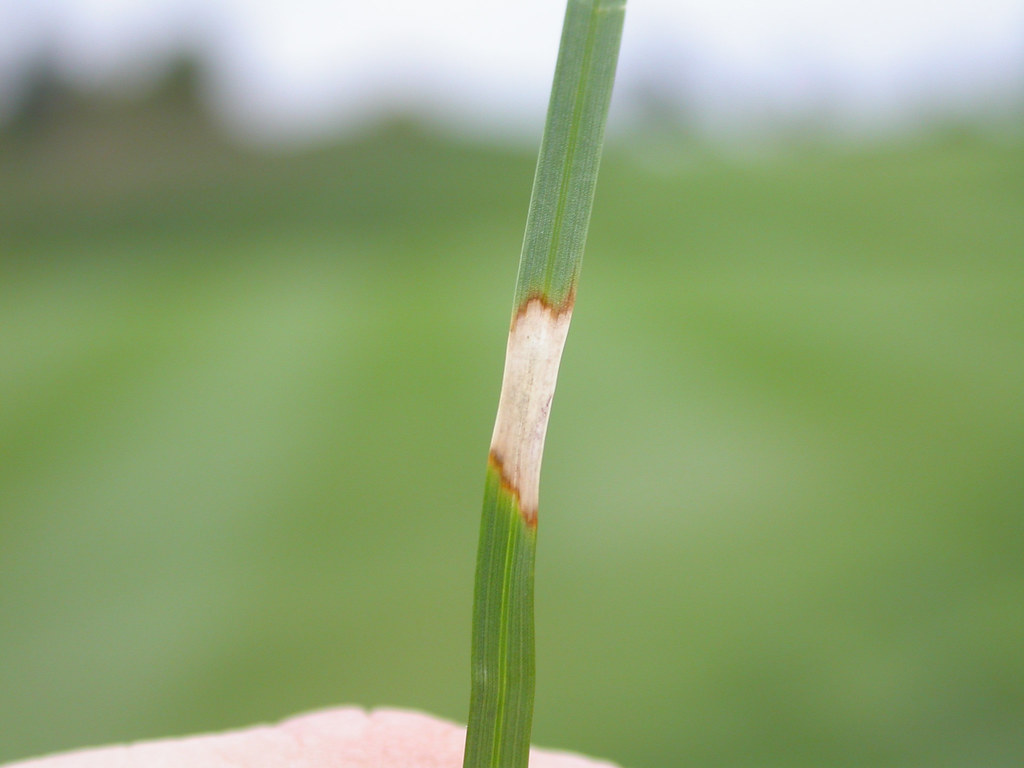
3. Red Thread
Symptoms: Pink or red, thread-like structures on the grass blades. Patches may appear thin or discolored.
Causes: The fungus Laetisaria fuciformis causes red thread, which thrives in cool, wet weather and nitrogen-deficient soils.
How to Treat:
- Fertilize: Add nitrogen-rich fertilizer to promote grass growth.
- Mowing: Mow at the correct height and ensure clippings are removed from infected areas.
- Fungicides: Use fungicides with thiophanate-methyl or azoxystrobin if necessary.
4. Snow Mold
Symptoms: Circular patches of matted, discolored grass appear as snow melts in early spring. These patches may be gray or pink.
Causes: Snow mold occurs when snow covers unfrozen ground for extended periods. The primary fungi involved are Typhula (gray snow mold) and Microdochium (pink snow mold).
How to Treat:
- Rake and Aerate: Lightly rake matted areas to promote drying and aeration.
- Fertilizer: Avoid excessive nitrogen application in late fall.
- Preventative Fungicides: Apply a fungicide before the first snowfall if snow mold has been a recurring issue.
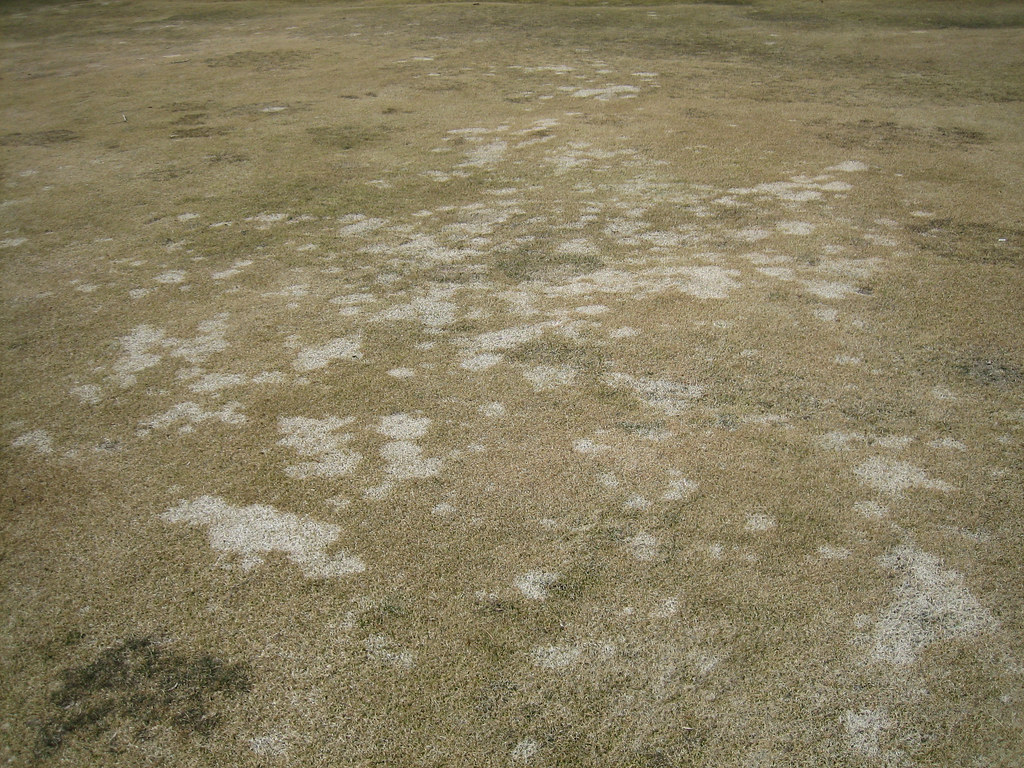
5. Fairy Ring
Symptoms: Circular rings of dark green grass, sometimes accompanied by mushrooms or dead grass in the center.
Causes: Fairy rings are caused by fungi that decompose organic matter in the soil, releasing nitrogen that makes the grass greener.
How to Treat:
- Aeration: Aerate the soil to improve water penetration.
- Watering: Deeply water the affected area to break up fungal growth.
- Removal: Remove and replace soil in severe cases.
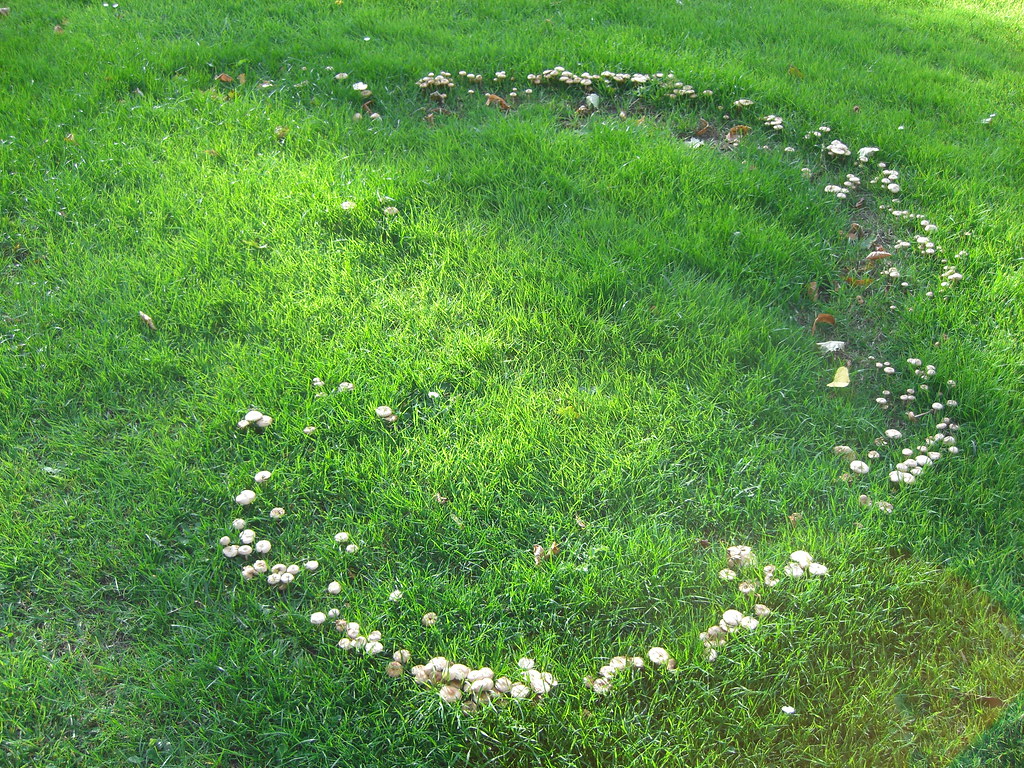
6. Powdery Mildew
Symptoms: White, powdery growth on grass blades, often in shaded areas.
Causes: Powdery mildew is caused by the fungus Blumeria graminis. It’s more common in areas with poor air circulation and heavy shade.
How to Treat:
- Prune: Trim nearby shrubs or trees to increase sunlight and airflow.
- Fungicides: Apply fungicides containing propiconazole if the problem persists.
7. Rust Disease
Symptoms: Grass blades turn yellow and develop orange or reddish powdery spores that rub off easily.
Causes: Rust disease is caused by various Puccinia species. It occurs in slow-growing, under-fertilized lawns during dry weather.
How to Treat:
- Mow Regularly: Collect clippings to reduce the spread of spores.
- Fertilize: Apply a nitrogen-based fertilizer to boost grass growth.
- Watering: Maintain consistent moisture levels in the soil.
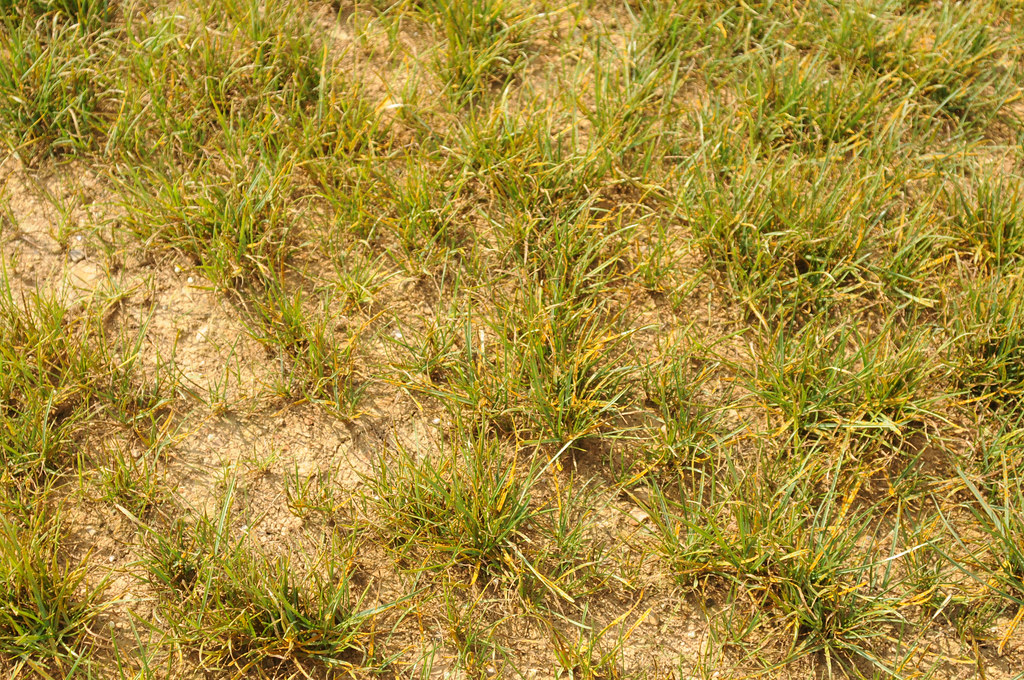
Environmental Impacts of Lawn Diseases
Lawn diseases can lead to increased use of fungicides and fertilizers, which may negatively impact local ecosystems. Homeowners should focus on cultural practices like aeration, proper mowing, and balanced fertilization to reduce the need for chemical interventions.
Common Mistakes and How to Avoid Them
- Overwatering: Many lawn diseases thrive in moist conditions. Water deeply but infrequently.
- Excessive Nitrogen: While nitrogen promotes growth, too much can encourage disease like brown patch.
- Ignoring Early Signs: Address small patches or discolorations promptly to prevent disease from spreading.
Quick Reference Table
| Disease | Symptoms | Causes | Treatment |
|---|---|---|---|
| Brown Patch | Large brown patches | High humidity, nitrogen | Aerate, fungicides |
| Dollar Spot | Small straw-colored spots | Low nitrogen | Fertilize, fungicides |
| Red Thread | Pink/red threads | Cool, wet weather | Fertilize, mow properly |
| Snow Mold | Matted grass after snow melt | Snow-covered ground | Rake, apply fungicides pre-winter |
| Fairy Ring | Circular green rings | Fungal growth in soil | Aerate, deeply water |
| Powdery Mildew | White powder on grass | Shade, poor air flow | Prune, fungicides |
| Rust Disease | Yellow grass, orange spores | Slow growth, dry weather | Fertilize, mow, water properly |
Final Thoughts
Maintaining a healthy lawn requires vigilance, proper care, and sometimes a little help from fungicides. By recognizing the symptoms and understanding the causes of common lawn diseases, you can take swift action to restore your lawn’s health and vibrancy. Remember, prevention is often the best cure. With a balanced approach to watering, fertilization, and maintenance, you can keep your lawn disease-free year-round.
